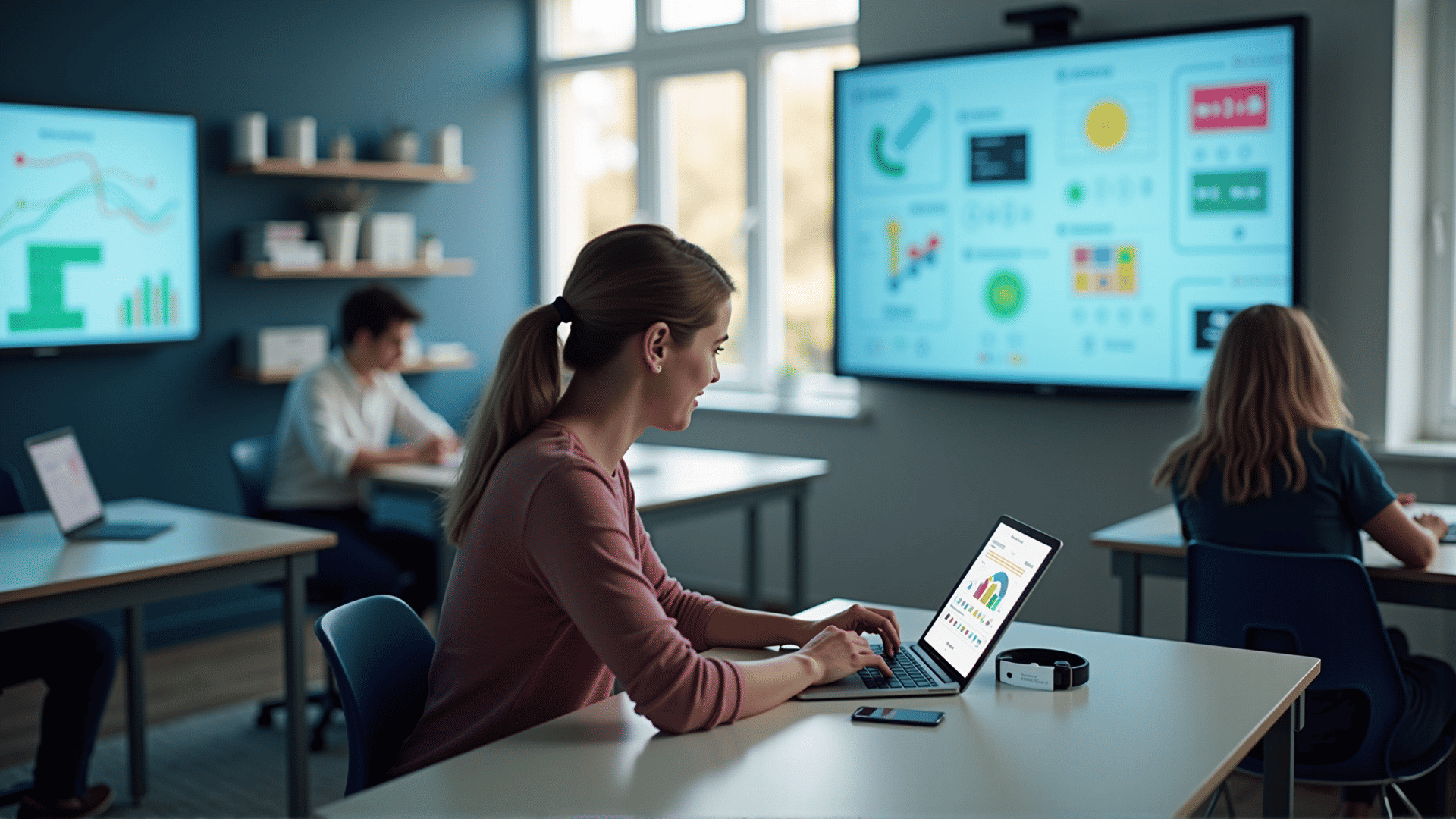In today's rapidly evolving world, technology has become an integral part of our daily lives, reshaping industries and changing the way we communicate, work, and learn. In the field of education, technology has opened up a myriad of opportunities to enhance and personalize learning experiences. By harnessing technology in learning, we can unlock new potential and create more engaging, effective, and flexible educational environments.
One of the most transformative aspects of integrating technology into learning processes is the ability to access information anytime, anywhere. Online learning platforms and digital resources have broken down geographical barriers, allowing learners from across the globe to access quality education. Websites like Khan Academy, Coursera, and edX offer courses from prestigious universities and institutions, enabling lifelong learning beyond traditional classroom settings.
Interactive learning tools such as virtual reality (VR) and augmented reality (AR) are taking education to the next level. These technologies provide immersive experiences that make complex concepts more tangible and understandable. Imagine a history lesson where students can virtually walk through ancient cities or a biology class where they can explore the human body in 3D. These experiences not only enhance learning but also make it memorable and fun.
Moreover, adaptive learning technologies are revolutionizing personalized education. By utilizing artificial intelligence, these systems can tailor educational content to the individual needs and learning pace of each student. This approach ensures that learners are neither bored by content that is too easy nor overwhelmed by material that is too challenging. Instead, they receive customized support that optimizes their learning journey.
In addition to content delivery, technology facilitates improved collaboration and communication among learners and educators. Online forums, video conferencing tools, and collaborative software platforms enable students to work together, share ideas, and receive instant feedback, nurturing a community of active learners. Teachers can also monitor progress more effectively, identify areas where students may struggle, and offer timely interventions.
However, successfully integrating technology in learning processes requires careful planning and a strategic approach. Educators must be adequately trained to utilize these tools effectively. Schools and institutions need to invest in reliable infrastructure and provide equitable access to technology, ensuring that all students benefit, regardless of their socio-economic background.
It's crucial for educators to strike a balance between traditional methodologies and technological innovations. By integrating digital tools into the curriculum thoughtfully, they can enhance the existing educational framework rather than replace it. For instance, while technology can offer amazing visual explanations, traditional methods foster critical thinking, problem-solving, and interpersonal skills that are indispensable in the real world.
As we navigate the digital era, one practical lesson is to encourage students to become tech-savvy yet discerning in their use of technology. Digital literacy should be part of the core educational fabric so that learners not only consume information but also evaluate its credibility and utilize it ethically and effectively.
In conclusion, technology holds great potential to enrich the learning landscape. By embracing innovative tools and approaches, we can create a more personalized, engaging, and inclusive educational environment that empowers learners to succeed in the digital era. The challenge lies in leveraging these technologies thoughtfully, ensuring that they enhance educational outcomes and prepare students for the dynamic world ahead.
